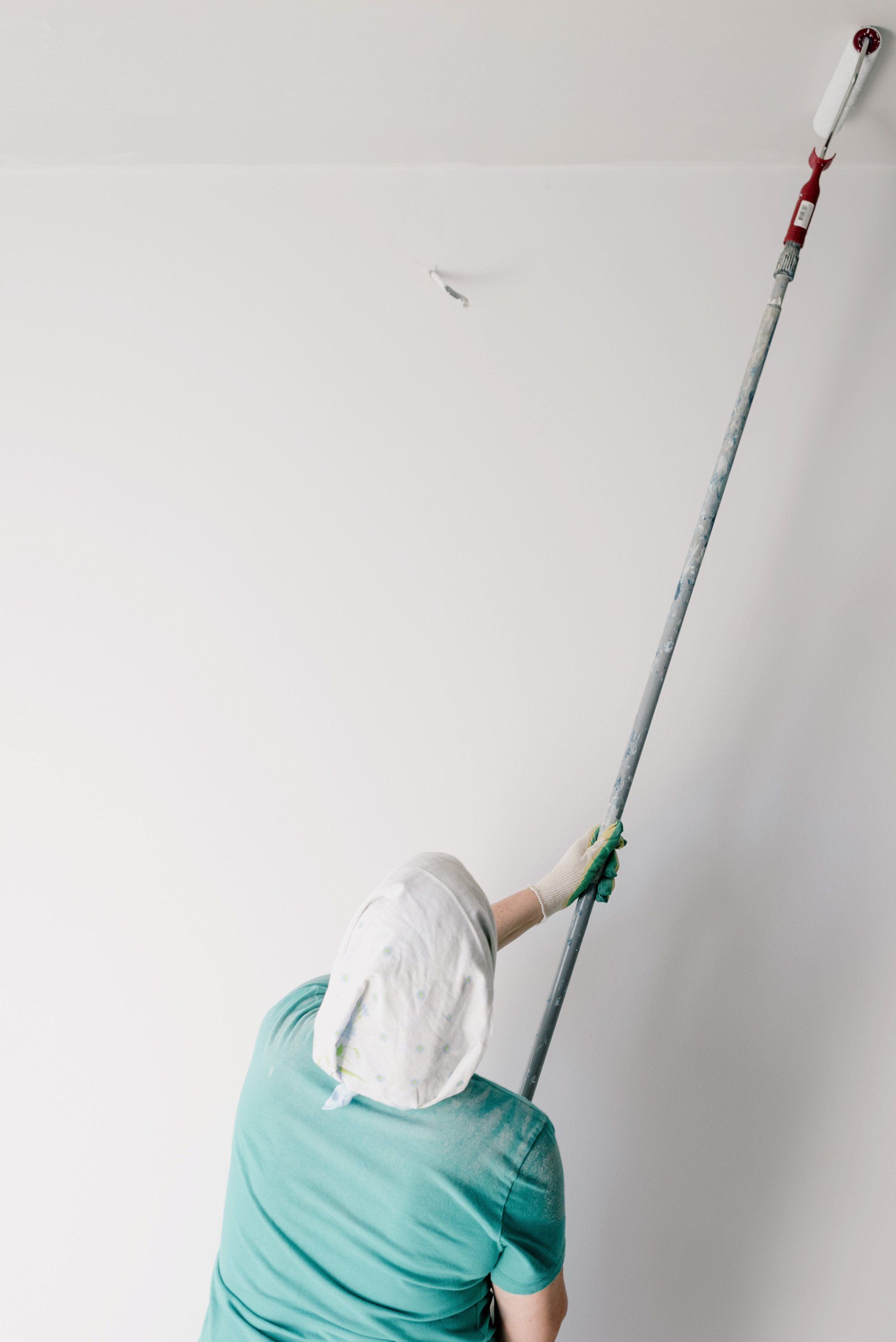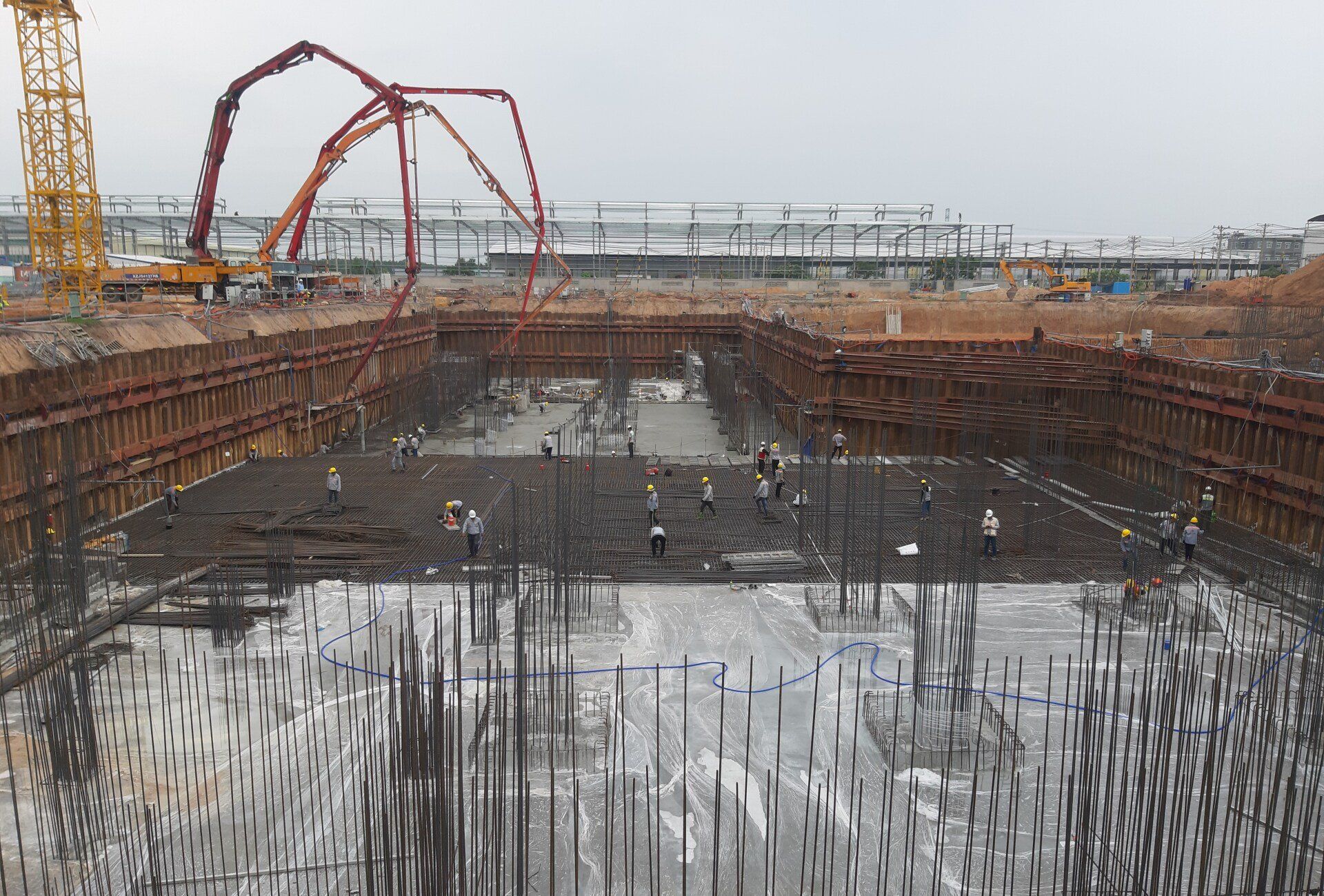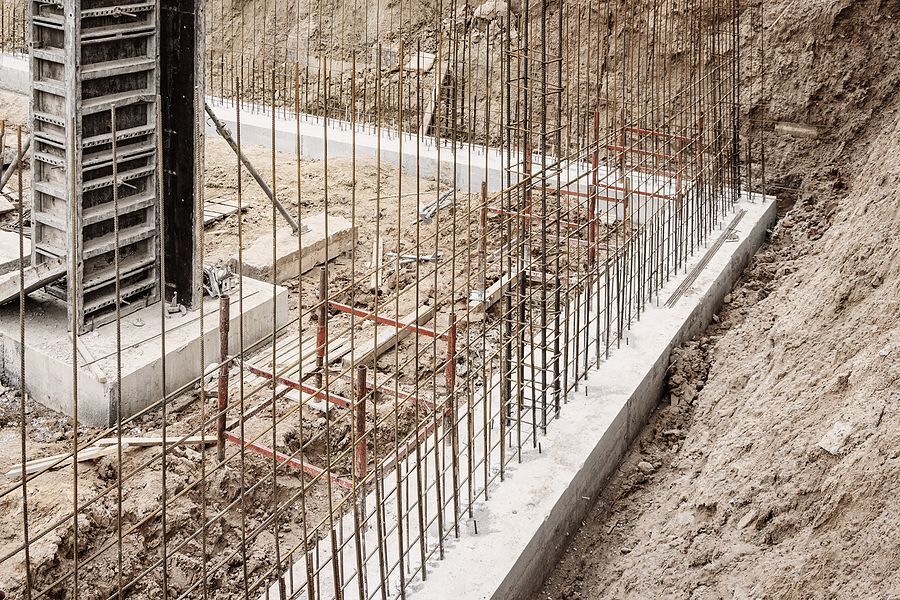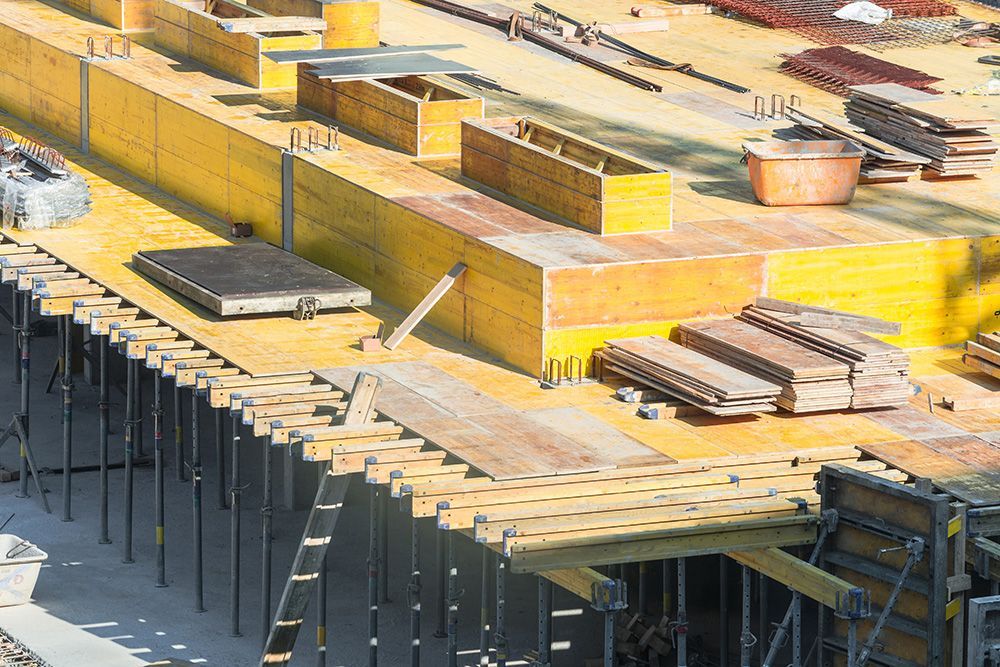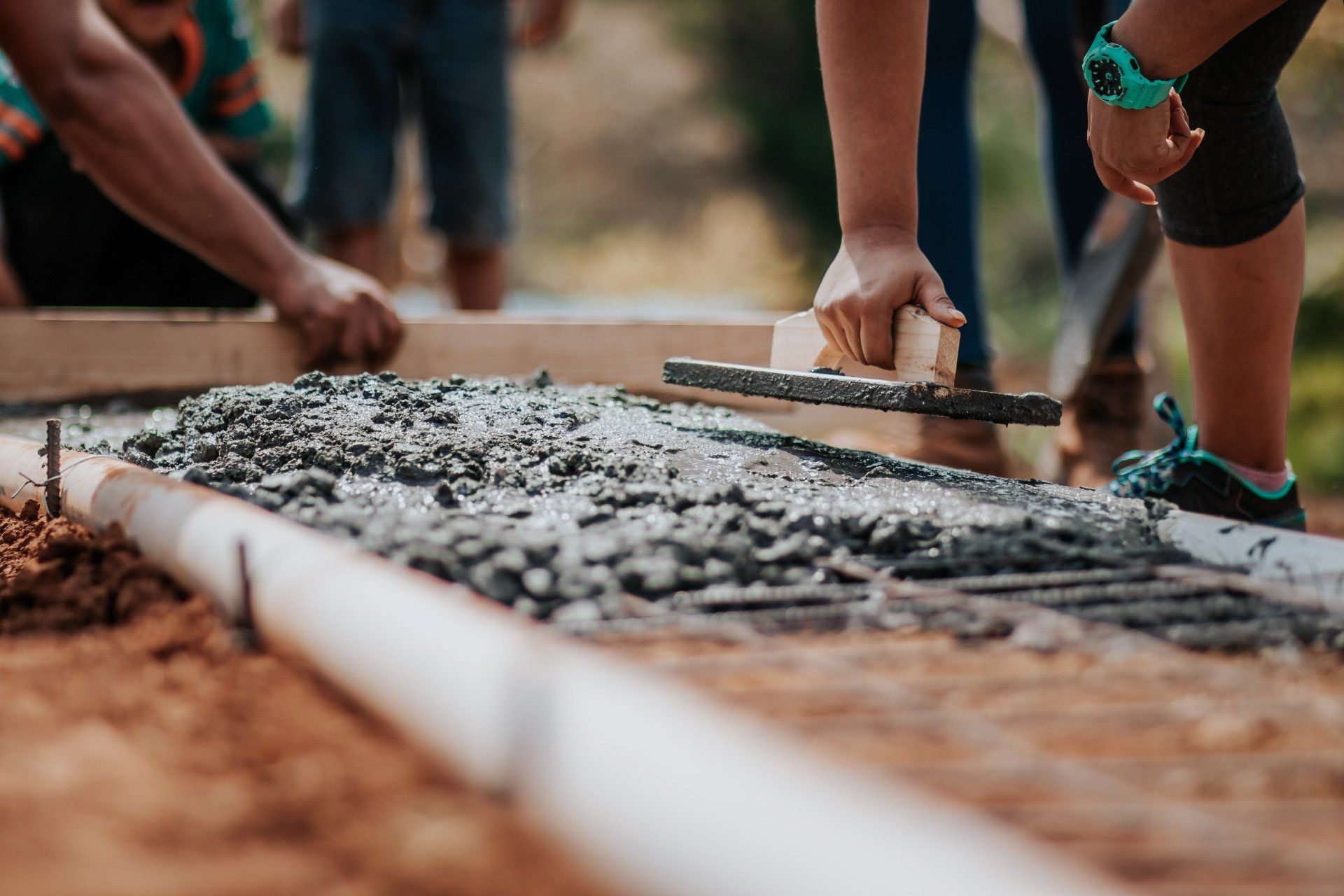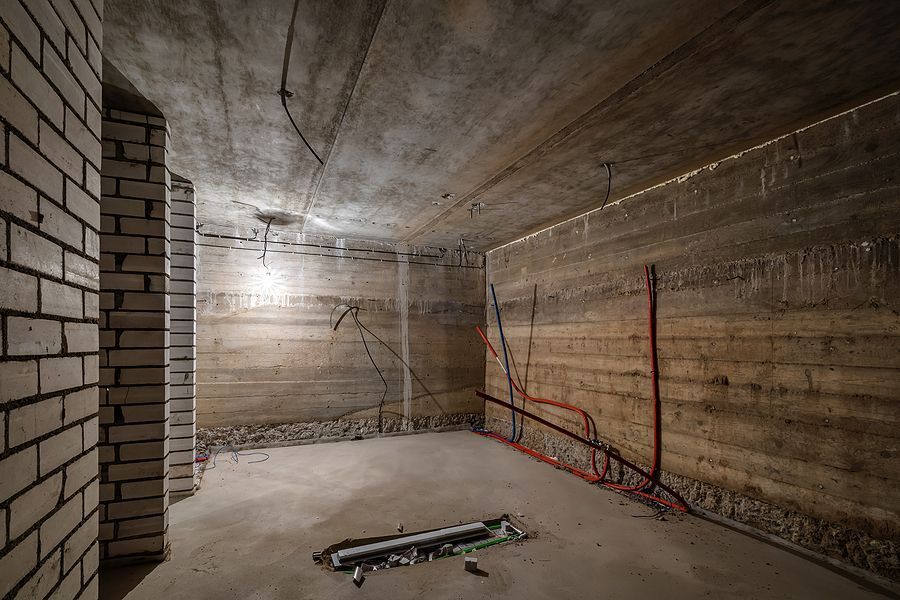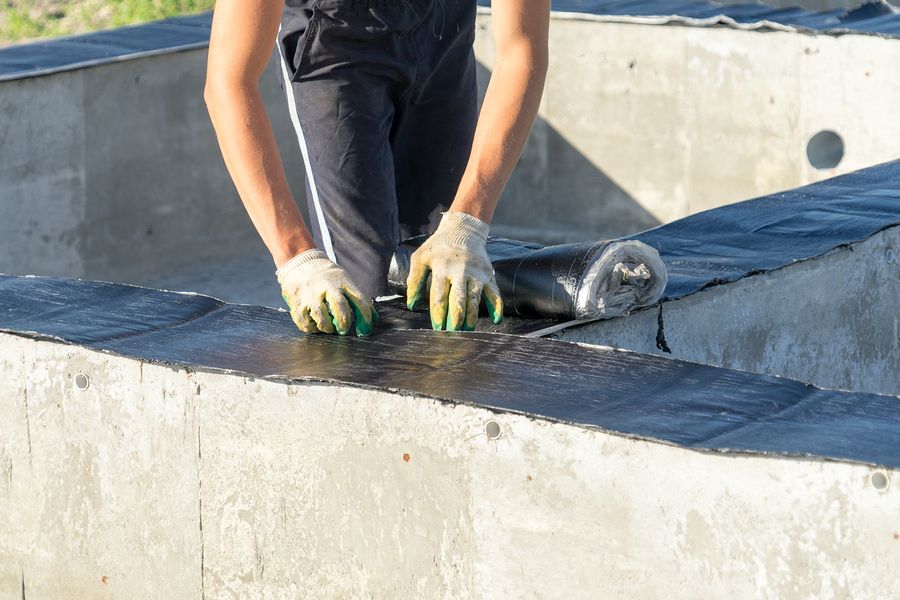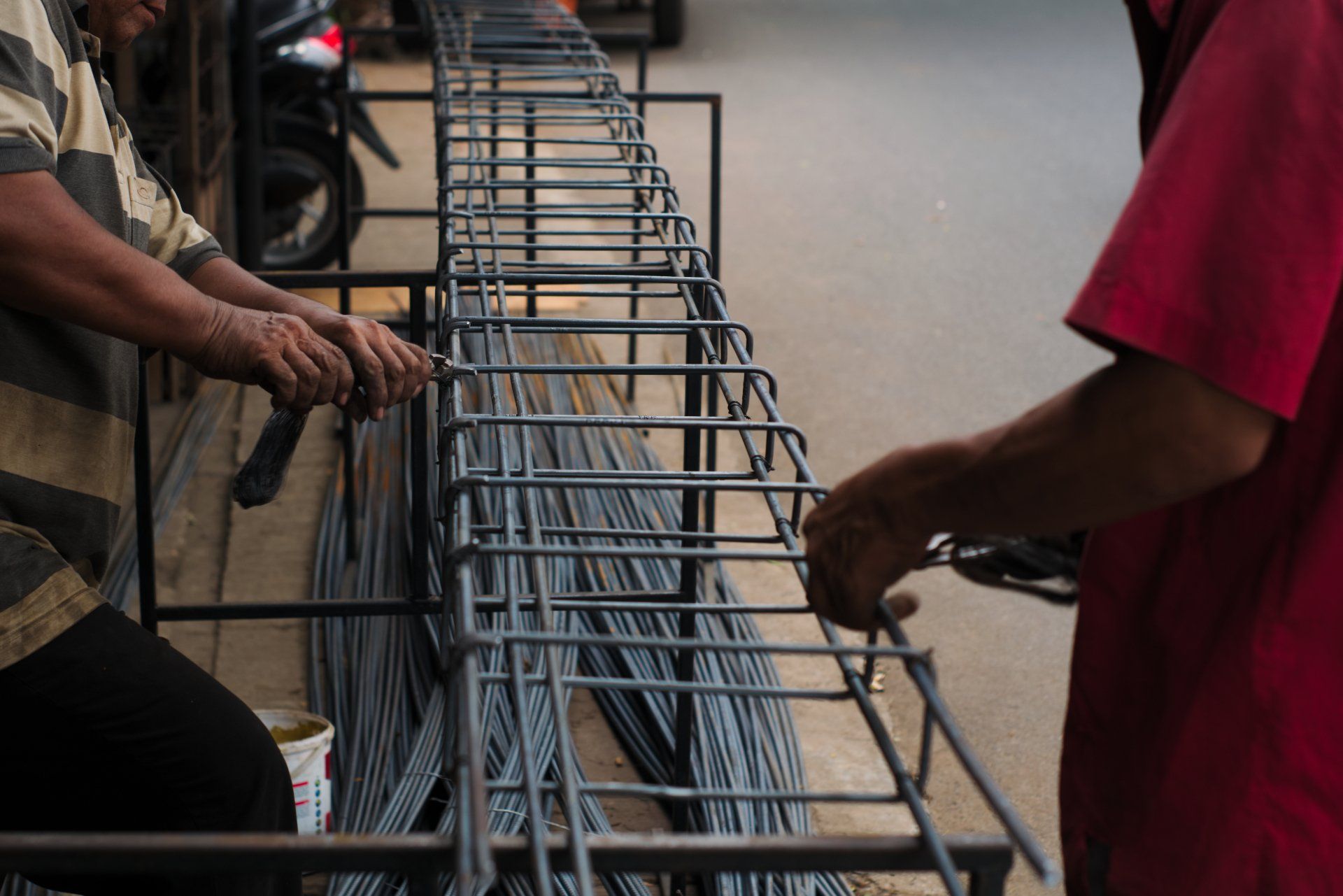The Down-Low on Lifting Up: Foundation Leveling Explained
Unraveling the Mystery of Foundation Leveling: A Comprehensive Guide to Secure and Stabilize Your Home
In the realm of home maintenance, addressing foundation issues ranks among the most crucial and often most daunting tasks homeowners face. Foundation leveling, a key aspect of foundation repair, is essential for maintaining the structural integrity and safety of a building. This article delves into the intricacies of foundation leveling, shedding light on why it's necessary, how it's done, and the tools involved in the process. Whether you're dealing with a concrete foundation or a slab foundation, understanding the nuances of leveling is paramount.
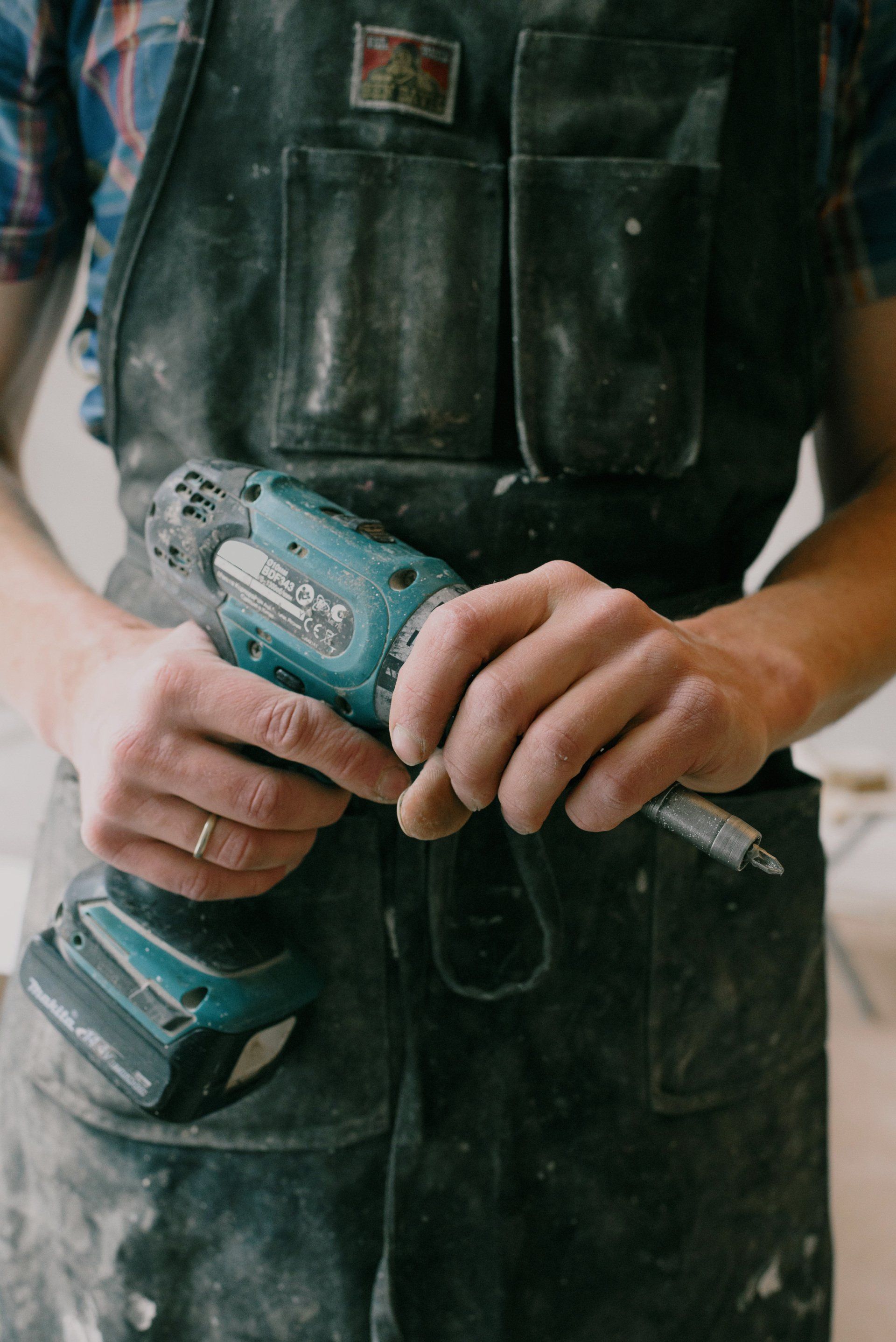
Understanding Foundation Leveling
Foundation leveling is the process of adjusting a home's foundation back to its original level state. This procedure is vital for homes that have experienced settling or shifting due to various factors such as soil conditions, moisture changes, or improper initial construction. The goal of foundation leveling is to correct these issues, ensuring the home is safe, stable, and level.
Why Foundation Leveling is Essential
Over time, foundation issues can lead to significant problems, including cracks in walls, uneven floors, and misaligned doors and windows. These symptoms not only affect the aesthetics and functionality of a home but also its safety. By undertaking foundation leveling, homeowners can address these concerns, preventing further damage and potentially saving on more costly repairs down the line.
Types of Foundation Leveling
Concrete Foundation Leveling
Concrete foundation leveling involves lifting and stabilizing concrete foundations that have shifted. This process can be achieved through various methods, including mudjacking, piering, and the use of hydraulic jacks.
Slab Foundation Leveling
Slab foundation leveling is similar to concrete leveling but specifically deals with slab foundations, which are a single layer of concrete laid directly on the ground. Techniques such as slabjacking or the use of a slab leveling compound are common in correcting slab foundation issues.
Cement Slab Leveling
Cement slab leveling focuses on leveling concrete slabs that have sunk or tilted. The process typically involves drilling holes into the slab and injecting a leveling compound or material underneath to raise and stabilize the slab.
Foundation Repair Techniques
Mudjacking
Mudjacking is a traditional method of foundation leveling where a slurry (a mixture of water, soil, and cement) is pumped under the foundation to lift it back to its original level.
Piering
Piering involves driving steel or concrete piers into the ground beneath the foundation to support and lift the structure. This method is often used for more significant foundation issues.
Hydraulic Jacks
Hydraulic jacks are used to lift and stabilize the foundation during the leveling process. This method requires precision and expertise to ensure the foundation is lifted evenly.
Home Leveling
Home leveling encompasses the overall process of leveling the foundation of a house, addressing any tilts or shifts that have occurred over time. This comprehensive approach ensures the entire structure is stable and level.
The Role of a Foundation Leveling Tool
A foundation leveling tool can refer to any equipment used in the leveling process, from laser levels and hydraulic jacks to the specialized machinery used for piering or mudjacking. These tools are essential for accurately assessing the level of the foundation and ensuring the leveling process is carried out effectively.
Residential Concrete Leveling
Residential concrete leveling focuses on the specific needs of leveling concrete foundations in homes. This process is crucial for maintaining the structural integrity of residential properties and addressing any potential safety issues arising from foundation shifts or settling.
Advanced Foundation Leveling Techniques
Polyurethane Foam Injection
An advancement in foundation repair technology, polyurethane foam injection, offers a lightweight, durable solution for concrete slab leveling. This method involves injecting high-density foam under the foundation, where it expands, filling voids and lifting the foundation to its original level. Its quick curing time and minimal disruption make it a favored choice for both residential and commercial applications.
Helical Piers
Similar to push piers, helical piers are screwed into the ground until they reach stable soil. They are particularly effective in situations where soil conditions are not conducive to traditional piers. Their helical shape provides additional stability, making them suitable for both light and heavy structures.
Segmental Piers
This method is a cost-effective solution for lighter structures. Segmental piers are driven into the ground using hydraulic pressure, similar to other pier systems, but are designed for situations requiring less depth to reach stable soil.
Diagnosing Foundation Issues
Before any repair work begins, a thorough diagnosis of the foundation issues is crucial. This involves a detailed inspection of the property to identify signs of foundation failure, such as cracks, sticking doors, and uneven floors. Professionals often use tools like electronic levels and soil probes to assess the extent of the issue accurately.
Soil Stabilization
Addressing the root cause of many foundation problems, soil stabilization involves treating the soil beneath the foundation to improve its bearing capacity. Techniques include the injection of chemical grouts that bind soil particles, reducing the risk of soil shrinkage and swelling which are common culprits of foundation movement.
Preventive Measures for Foundation Longevity
Proper Drainage
Ensuring proper drainage around the foundation is critical. Water accumulation can lead to soil expansion and contraction, which puts stress on the foundation. Installing gutters, downspouts, and proper grading can help direct water away from the foundation, mitigating potential issues.
Routine Inspections
Regular inspections can catch minor issues before they become major problems. Homeowners should look for signs of foundation movement, including new or expanding cracks in the foundation, walls, and floors, and address these issues promptly.
Maintenance of Soil Moisture Levels
Maintaining consistent moisture levels in the soil around the foundation is key. During dry periods, soil can contract, leaving voids that the foundation can sink into. Conversely, too much moisture can lead to soil expansion and pressure on the foundation. Solutions like soaker hoses or automatic sprinkler systems can help maintain an optimal moisture balance.
Foundation Leveling Costs
The cost of foundation leveling can vary widely based on the severity of the issue, the size of the home, and the method used. While some methods like mudjacking are relatively inexpensive, others, such as piering, can be more costly due to the need for excavation and the complexity of the repair. Homeowners should seek multiple estimates to understand the scope and cost of the repair work needed.
Conclusion
Foundation leveling is a multifaceted process that requires a thorough understanding of the underlying issues, the methods available for correction, and the preventive measures that can help avoid future problems. Whether dealing with minor settling or significant foundation failure, the key is to address issues early, rely on professional assessments and repairs, and maintain vigilant care of the foundation and surrounding property. By doing so, homeowners can ensure the stability and longevity of their homes, safeguarding their investment and ensuring peace of mind.
Arlington Foundation Repair Pros

